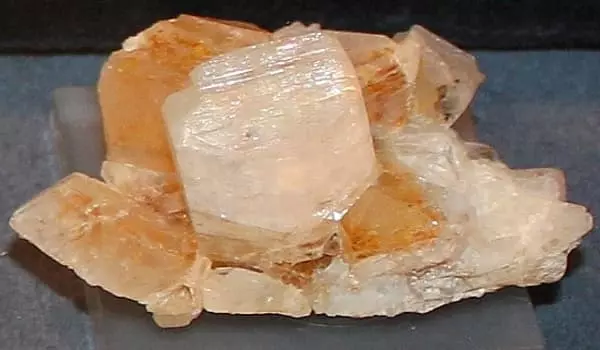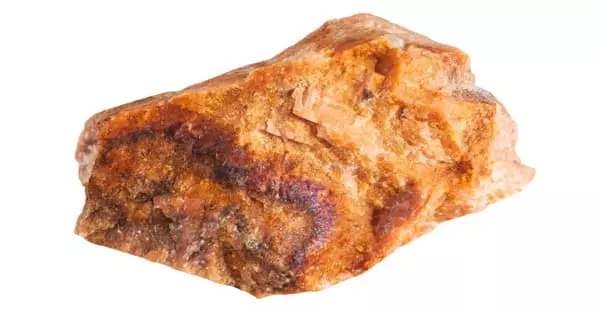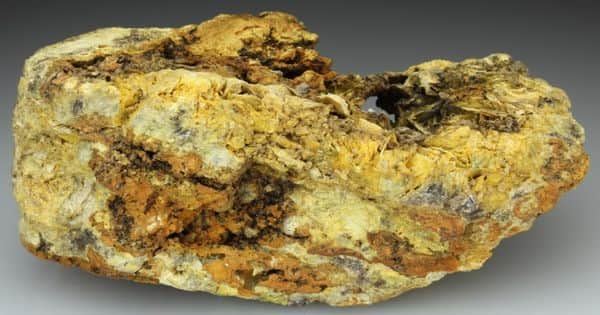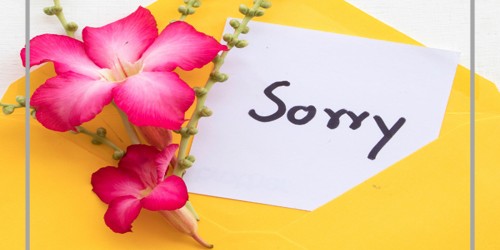Orthoclase (formula KAlSi3O8) is a tectosilicate mineral that contributes to the formation of igneous rock. It is one of the most abundant continental crust rock-forming minerals. It is an important component of granite, and its pink crystals give granite its distinctive color. Orthoclase crystals can be white, colorless, cream, pale yellow, or brownish-red.
Orthoclase is characterized by well-formed, short, prismatic crystals that are frequently twinned. Because its two cleavage planes are at right angles to each other, the name comes from the Ancient Greek for “straight fracture.” It’s potassium feldspar, also known as K-feldspar. The gem known as moonstone is primarily made up of orthoclase. It can also take on a massive form.
General Information
- Category: Silicate mineral
- Formula: (repeating unit) KAlSi3O8
- Crystal system: Monoclinic
- Crystal class: Prismatic (2/m) (same H-M symbol)
- Color: Colorless, greenish, greyish yellow, white, pink
Properties
Orthoclase is best known as the pink feldspar found in many granites and as the mineral with the Mohs hardness rating of “6.” Although pure orthoclase is uncommon, some sodium is usually present in the structure. Specimens can be found in igneous rocks rich in potassium or silica, as well as pegmatites and gneisses. This mineral is important in ceramics because it is used to make the item as well as a glaze.
- Twinning: Typically displays Carlsbad twinning.
- Cleavage: Has perfect cleavage on {001} and good cleavage on {010}.
- Fracture: Uneven
- Mohs scale hardness: 6 (defining mineral)
- Luster: Vitreous, pearly on cleavage surfaces
- Streak: White
- Diaphaneity: Transparent to translucent
- Specific gravity: 2.55–2.63

Formation and subtypes
Orthoclase is a common constituent of most granites and felsic igneous rocks, and it frequently forms massive crystals and masses in pegmatite.
Typically, orthoclase’s pure potassium endmember forms a solid solution with albite, plagioclase’s sodium endmember (NaAlSi3O8). While the earth slowly cools, sodium-rich albite lamellae form by exsolution, enriching the remaining orthoclase with potassium. Perthite is the result of the intergrowth of the two feldspars.
Sanidine is the higher-temperature polymorph of KAlSi3O8. Sanidine is abundant in rapidly cooled volcanic rocks such as obsidian and felsic pyroclastic rocks and is particularly abundant in Drachenfels trachytes in Germany. Microcline is the lower-temperature polymorph of KAlSi3O8.
Occurrences
The majority of orthoclase is formed during magma crystallization into intrusive igneous rocks such as granite, granodiorite, diorite, and syenite. Extrusive igneous rocks containing significant amounts of orthoclase include rhyolite, dacite, and andesite.
Pegmatite igneous rocks contain large crystals of orthoclase. They are typically only a few inches long, but the largest reported orthoclase crystal was over 30 feet long and weighed approximately 100 tons. It was discovered in a pegmatite in Russia’s Ural Mountains.
The largest documented single crystal of orthoclase was found in the Ural mountains in Russia. It measured ~10×10×0.4 m and weighed ~100 tons.
Uses
Orthoclase has a variety of commercial applications. It’s a raw material used to make glass, ceramic tile, porcelain, dinnerware, bathroom fixtures, and other ceramics. It is used in scouring powders and polishing compounds as an abrasive. It is also used to make gemstones.
When used in jewelry, some orthoclase and albite intergrowths have an attractive pale luster and are referred to as moonstone. The majority of moonstones are translucent and white, though grey and peach-colored varieties do exist. Their luster is known as adularescence in gemology, and it is typically described as creamy or silvery white with a “billowy” quality. It is Florida’s state jewel.
Rainbow moonstone is a colorless form of labradorite that can be distinguished from “true” moonstone by its greater transparency and color play, though their value and durability are not significantly different.
















